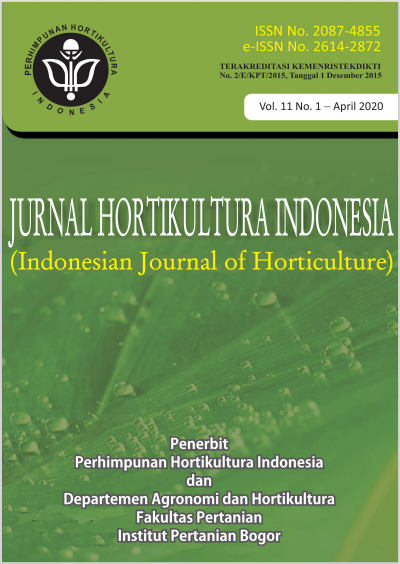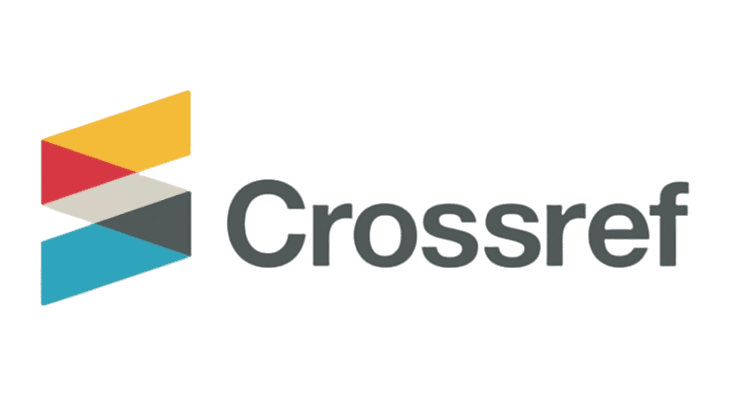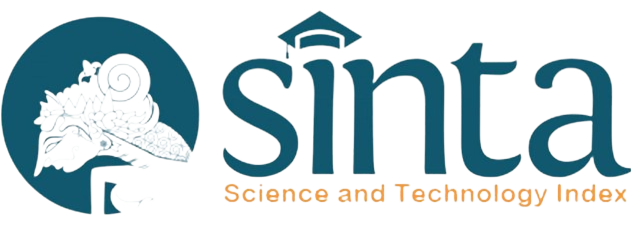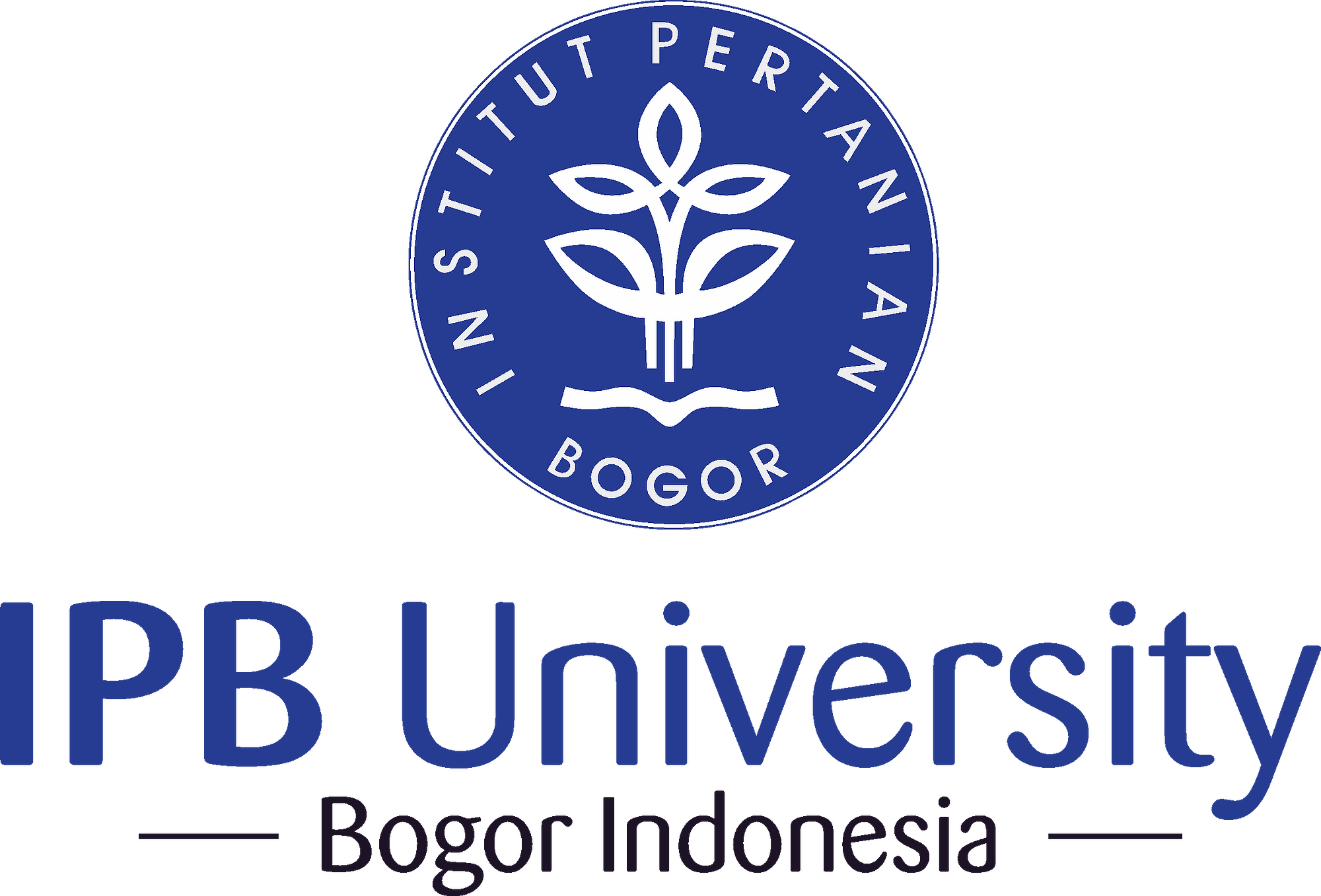Studi Korelasi K pada Tanah Ultisol untuk Tanaman Bawang Merah (Allium ascalonicum L.)
Abstract
Determination of soil nutrient contents requires an appropriate extraction method between the desired soil and plants. The objective of the study was to determine the best soil K extraction method for shallot in Ultisol with a single location approach. The study was carried out in Lebak, Banten Province during March 2015 until May 2016, with two stages, namely manufacture soil K nutrient status and K correlation test through planting in a greenhouse. The manufacture of soil K nutrient status consisted of very low to very high (0X, 1/4X, 1/2X, 3/4X, and X), the value of X represents the highest value of K nutrient absoprtion, equal to 509.6 kg K2O ha-1. On this stage, K fertilizer was incubated for three months, followed by taking soil samples in each plot to analyze the soil K contents. The soil K content was analyzed by using five types of extraction methods, namely Bray I (solution 0.025 N HCl + NH4F 0.03 N), Bray II (NH4F 0.03 N + HCl 0.10 N), Mechlich I (0.0125 M H2SO4 + 0.05 M HCl), HCl 25% and Olsen (NaHCO3 0.5 M, pH 8.5). The K correlation test was carried out in a greenhouse by using a Completely Randomized Design (RAL) with five replications. The results showed that manufacture soil K nutrient status increased K levels in the soil with the indicators of canopy dry weight which giving a quadratic response pattern. The best soil K nutrient extraction method for shallot on the Ultisol soil is Mechlich I, with correlation coefficient value of 0.77. The results of this study can be used for the determination of K fertilization recommendation on shallot in Ultisol soil.
Keywords: K nutrient status, K extractant, K fertilization dose













